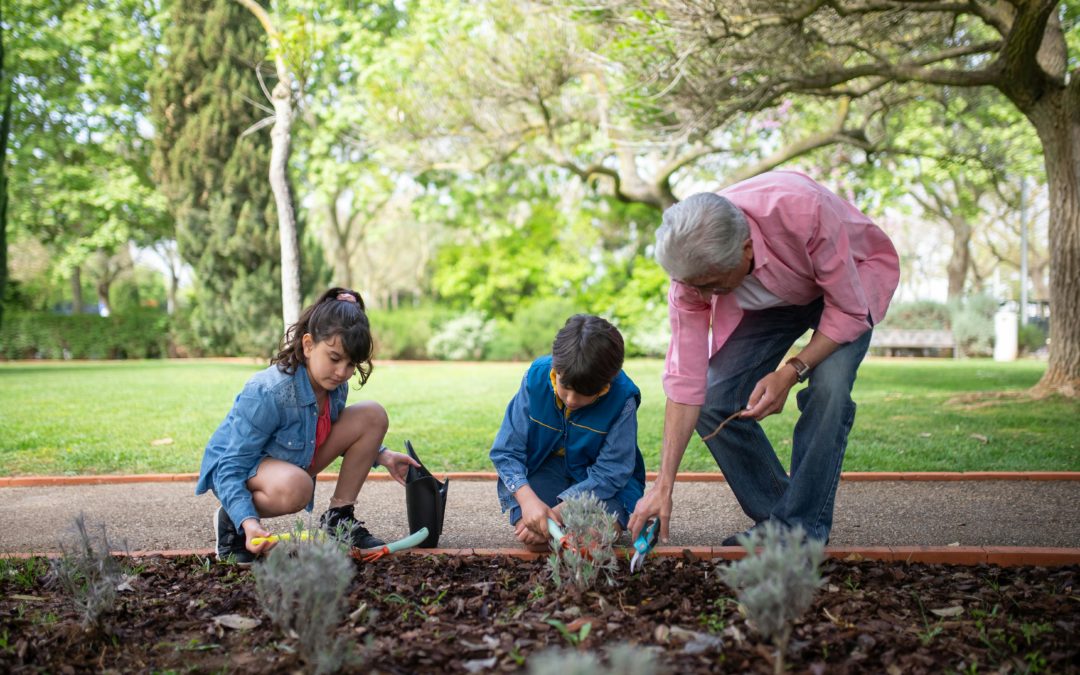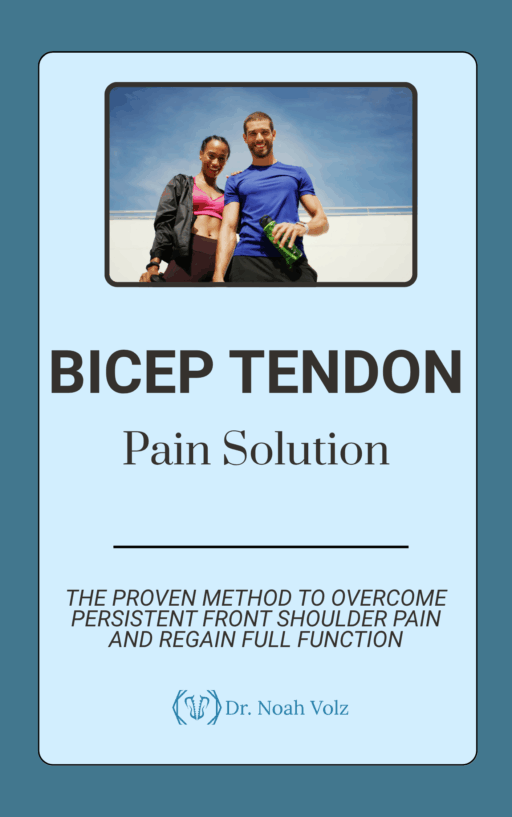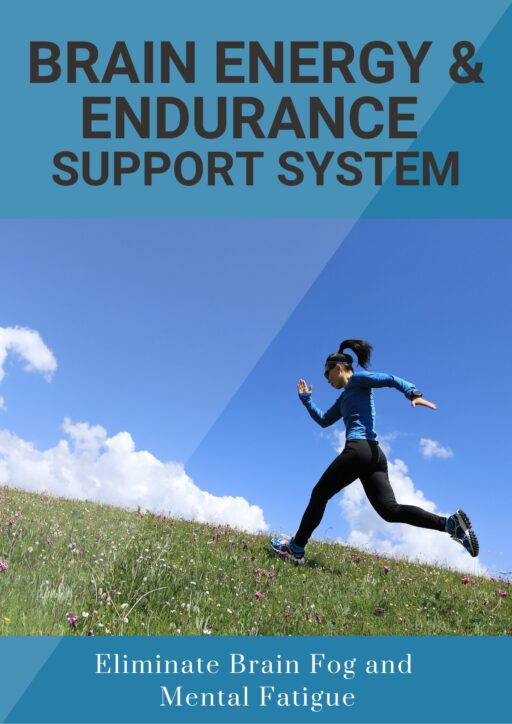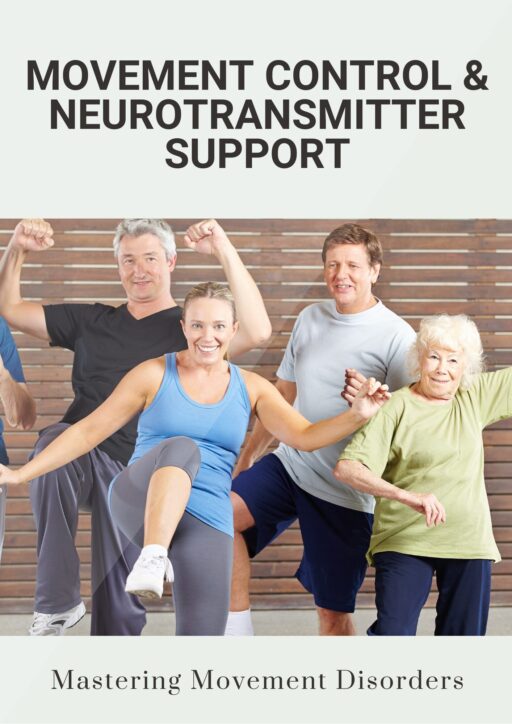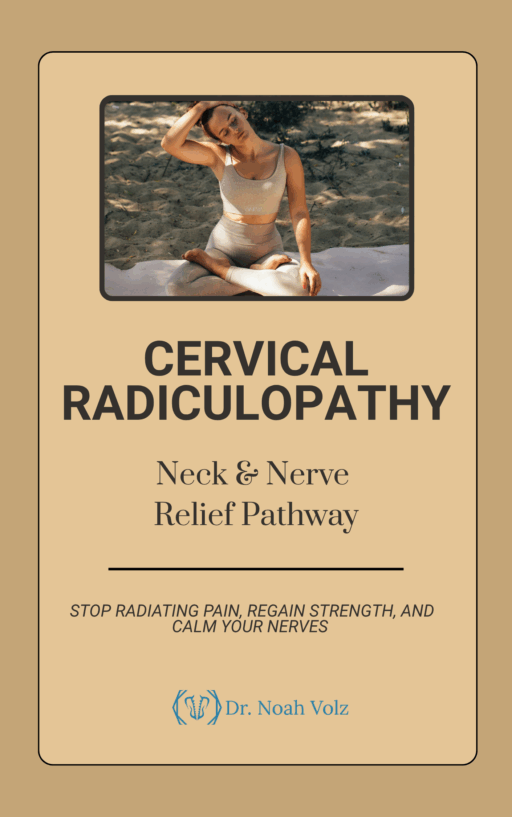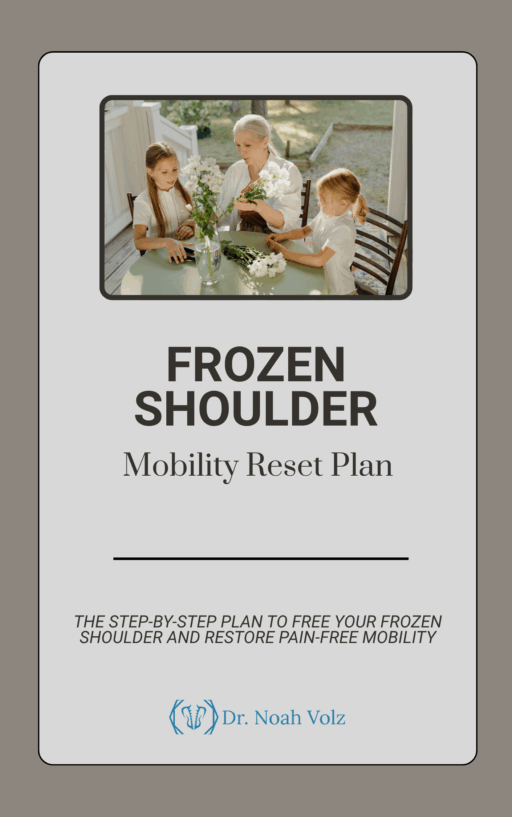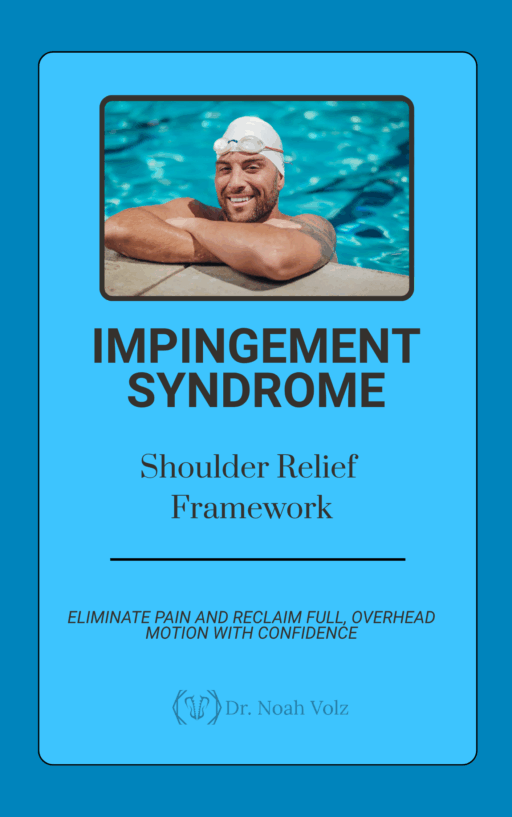When your legs start feeling weak, numb, or painful after standing or walking, lumbar stenosis may be to blame. Lumbar stenosis is a narrowing of the spinal canal in your lower back that can put pressure on the nerves traveling down your legs. While it’s a common condition, especially as we get older, it can make everyday activities difficult and painful. The good news is that there are effective treatment options available.
As a chiropractor in Ashland, OR, I help many patients with lumbar stenosis find relief and get back to enjoying their lives. In this post, we’ll discuss what causes lumbar stenosis, common symptoms to watch for, how it’s diagnosed, and the treatment options that can help.
What is Lumbar Stenosis?
Lumbar stenosis occurs when the spaces within your spine start to narrow. This can happen in the center of your spinal canal, in the canals branching off to the sides, or in the spaces between the vertebrae. As the spinal canal narrows, it can put pressure on the nerves that travel through the spine down to your legs.
There are two types of lumbar stenosis:
• Primary stenosis is caused by a birth defect or congenital abnormality that you’re born with. It’s less common than secondary stenosis.
• Secondary or acquired stenosis develops over time, often due to age-related changes and wear-and-tear on the spine. It’s the most common type of lumbar stenosis.
What Causes Lumbar Stenosis?
The most common cause of lumbar stenosis is degeneration of the spine that happens with aging. Over time, the cushioning discs between your vertebrae can dry out and shrink. At the same time, the ligaments surrounding your spinal canal can thicken and harden. Bone spurs may also develop. All of these changes gradually narrow the space available for your spinal nerves.
Other potential causes of stenosis include:
• Herniated discs
• Injuries to the spine
• Tumors within the spinal canal
• Spinal deformities like scoliosis
Certain factors can increase your risk of developing lumbar stenosis, such as:
• Being over age 50
• Having a family history of lumbar stenosis
• Experiencing an injury to your spine
• Having certain bone or joint conditions like arthritis
What Are the Symptoms of Lumbar Stenosis?
Symptoms of lumbar stenosis often start gradually and worsen over time. Common symptoms include:
• Pain, numbness, tingling, or weakness in your legs, calves or buttocks
• Cramping in one or both legs when standing or walking
• Low back pain
• Feeling unsteady on your feet
One of the telltale signs of stenosis is that your symptoms get worse with activity but improve with rest. Many people find that their leg pain flares up when walking or standing for a period of time, but feels better when they sit down or lean forward.
In more severe cases of stenosis, you may experience:
• Loss of bladder or bowel control
• Severe weakness or loss of sensation in your legs
• Difficulty walking even short distances
If you notice any of these serious symptoms, it’s important to see a doctor right away. They could indicate a medical emergency.
How is Lumbar Stenosis Diagnosed?
If you suspect you may have lumbar stenosis, make an appointment with a healthcare provider. They will start by asking about your medical history and symptoms. Then they will do a physical exam to check your muscle strength, reflexes, sensation, stability and range of motion.
Imaging tests are usually needed to confirm a diagnosis of stenosis. An X-ray can show bony changes like bone spurs that may be narrowing the spinal canal. An MRI or CT scan provides more detailed images of the soft tissues and nerves.
In some cases, your doctor may recommend a test called electromyography (EMG). This measures the electrical activity in your muscles and can help determine if nerve compression is the cause of your muscle weakness.
How Do You Treat Lumbar Stenosis?
Treatment for lumbar stenosis depends on the severity of your condition. The goals are to relieve pain, improve mobility and prevent the condition from getting worse. Non-surgical treatments are usually recommended first, including:
• Physical therapy to strengthen your core and leg muscles, improve flexibility and maintain mobility
• Chiropractic care, including spinal manipulation and manual therapy techniques
• Medications to relieve pain and reduce inflammation, such as over-the-counter NSAIDs or prescription steroids
• Steroid injections to provide short-term pain relief
In addition to professional care, there are things you can do at home to manage lumbar stenosis:
• Maintain good posture to reduce stress on your spine
• Stay active with low-impact aerobic exercise like walking or swimming
• Apply heat or cold to relieve pain and stiffness
• Manage your weight to reduce strain on your back
If conservative treatments aren’t providing enough relief, surgery may be an option. The most common surgeries for lumbar stenosis are laminectomy, where part of the bone or ligaments causing compression are removed, and spinal fusion to stabilize the vertebrae.
Get Help for Lumbar Stenosis in Ashland, OR
While lumbar stenosis can be a painful and limiting condition, there are many effective treatments available. By working closely with a healthcare provider, you can find a treatment plan that relieves your symptoms and helps you stay active.
If you’re in Ashland, OR and are looking for non-surgical options for lumbar stenosis, chiropractic care may help. At my practice, I use a variety of techniques to relieve pressure on the nerves, restore joint mobility, and strengthen the muscles that support your spine.
To learn more about chiropractic care for lumbar stenosis or to schedule an appointment, contact us today. We’re here to help you find relief and get back to doing the things you love.
References:
1. Genevay S, Atlas S. Lumbar Spinal Stenosis Best Pract Res Clin Rheumatol. 2010 April; 24(2): 253–265.
2. Vo AN, Kamen LB, Shih VC, Bitar AA, Stitik TP, Kaplan RJ. Rehabilitation of orthopedic and rheumatologic disorders. 5. Lumbar spinal stenosis. Arch Phys Med Rehabil. 2005 Mar;86(3 Suppl 1):S69–76.
3. Schneider MJ, et al. Exploratory analysis of clinical predictors of outcomes of nonsurgical treatment in patients with lumbar spinal stenosis. J Manipulative Physiol Ther. 2016 Feb;39(2):88-94.
4. Ammendolia C, et al. Comprehensive non-surgical treatment versus self-directed care to improve walking ability in lumbar spinal stenosis: A randomized trial. Arch Phys Med Rehabil. 2018.
5. Lafian AM et al. Lumbar Spinal Stenosis in Older Adults. Rheum Dis Clin North Am. 2018 Aug;44(3):501-512.
Want to know what kind of back pain you have?
-

Bicep Tendon Pain Solution
$50.00 -

Brain Detoxification & Recovery System
$50.00 -

Brain Energy and Endurance Support System
$50.00 -

Brain-Based Movement and Motor Control Training
$50.00 -

Centralized Low Back Pain
$50.00 -

Cervical Radiculopathy: Neck and Nerve Relief Pathway
$50.00 -

Complex Low Back Pain
$50.00 -

Complex Radiating Low Back Pain
$50.00 -

Cross-Pattern Low Back Pain
$50.00 -

Frozen Shoulder Mobility Reset Plan
$50.00 -

Impingement Syndrome: Shoulder Relief Framework
$50.00 -

Mastering Brain Senses: Rebuild Your Hearing, Vision, and Body Awareness
$50.00

